Can I keep a Reptile as Pet for my Family?
Adopting a family pet may be a lot of fun but it’s also an enormous commitment. You’re adding a new member to your family and it’s important to select a pet that matches your likes and at the same time affordable. Reptiles make great first pets. They don’t take up tons of space, their needs are simple, and that they are fun and cool IMHO. Considering there are many various sorts of pet reptiles with varying levels of care needs, you’re sure to find one that matches your family perfectly.
What’s so special about reptiles?
Reptiles include a number of the foremost ancient species on Earth. They’re interesting in appearance and behavior, and some are brightly colored. They sleep in various environments and have developed fascinating adaptations to survive in water and on shore . Some reptiles (e.g., many sorts of snakes) only eat once every week , making them less of a worry if you are away. Generally, reptiles require less daily care and exercise than other pets like cats and dogs, however they have some other issues that you have to worry for like they may suffer from serious health issues because of improper diets, handling, or habitats.
What are the Best Reptile Pets for Beginners?
The best reptile pets for beginners are as follows:
Lizards
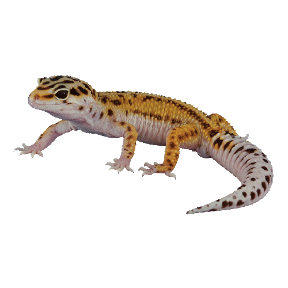
Leopard Geckos
Leopard geckos, affectionately called “leos”, are generally easy to care for. They do not require a lot of cage maintenance, and they are hardy and forgiving if their environment is not perfect. Leopard geckos are nocturnal, ground-dwelling geckos that are generally docile and easy to tame. They can live 20 or more years and need 15 to 20-gallon tank.
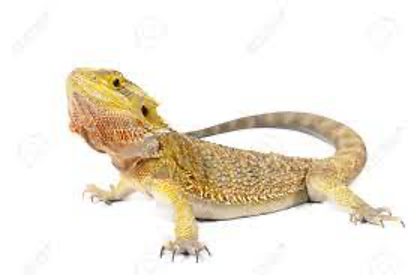
Bearded Dragons
Bearded dragons can make great pets if cared for properly. They are highly social, friendly, animated, curious, docile and gentle animals that are easy to tame and are very responsive to their owners. Bearded dragons are hardy, robust, eat well and have a varied diet. They can live about 10 years and require a 40-gallon tank.
Snakes
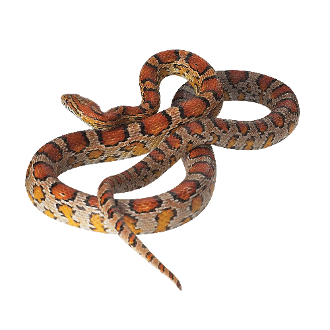
Corn Snakes
It is generally docile, relatively easy to care for, and does not get very large; it’s a great choice especially for beginner snake owners. These can live 15 to 20 years and need a 20-gallon tank.
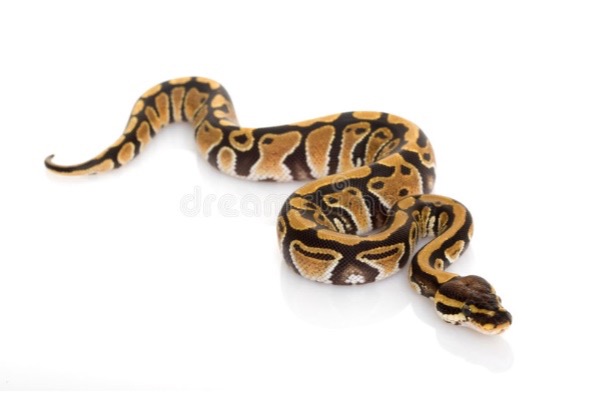
Ball Pythons
Ball pythons have become extremely popular as pets because they tend to be docile. It is important to provide the correct temperature for this type of reptile pet. One of the most commonly kept snakes is the ball python (Python regius). Other than the need for heat, no special lighting is required. They live 30+ years and start with a 2-gallon tank that should increase with growth.
Frogs
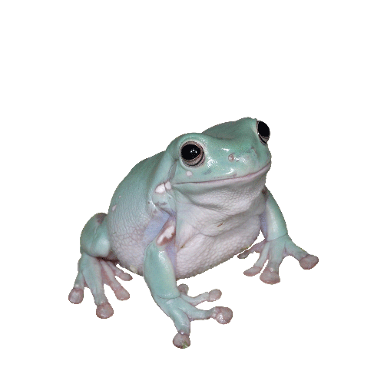
White Tree Frog
Also known as Dumpy Tree Frogs, these pudgy little fellas are docile, hardy, unafraid of humans and often reluctant to jump. They are more likely to tolerate handling than other amphibians, and will grow accustomed to you a lot faster because of this.
What are the most important things the Reptile pet owners should know as a beginner?
These are some top things to know before you bring home that reptile pet:
Specific Care
Reptiles (snakes, lizards and turtles) have different care requirements than other household pets. These creatures are so special there are different care guidelines for each species. If you’re thinking of welcoming a reptile or amphibian into your home, or if you’re a first-time reptile owner, here are a few things to consider:
Reptile Regulations
Many states, counties and cities have specific rules for keeping certain kinds of reptiles. For example, regulations to own venomous, endangered or protected species vary from state to state. And every reptile pet owner should know about the rules depending upon the state or city.
Reptile Size
Size matters when you’re considering a reptile for a pet. Contrary to popular belief, housing your reptile in a small tank does not mean that your reptile’s growth will be stunted. His health, however, will be poorly affected. A Burmese python, for example, is common in reptile stores; however, a young two-foot Burmese can grow to up to 30 feet and weigh up to 200 pounds. Make sure to know how big the animal will be when it reaches maturity so you’ll be prepared to properly care for it throughout its lifetime.
Accommodating Reptiles
Think carefully about what kind of cage or vivarium your reptile will need. Reptile homes need to provide enough space for mobility and must be escape-proof, both for your safety and his.
Reptile Nutrition
There are commercially available diets for some reptiles; however, most need fresh food. For example, some require food such as mealworms and mice while others may need fresh fruits and vegetables to make up the majority of their diet.
Temperature
Cold-blooded creatures cannot maintain their body temperature within the range necessary. Your pet will count on you to regulate his environment. Make sure you ask the pet store to advise you about appropriate heating devices and temperatures required for the reptile you choose.
Handling Reptiles with Care
If you want a pet to snuggle with, a reptile is not for you. There are varying levels of handling needed for specific species. Find out how much, or how little, yours needs. A good pet store, such as one which specializes in reptiles, will guide you to a safe choice if you want a pet reptile you can handle. Keep in mind, some reptiles should never be handled and your safety and should always be safeguarded.
Humidity Concerns
One of the most important things in caring for a reptile is controlling the humidity in its environment. Reptiles are used to environments where they can create stable humidity. They control this by burrowing, or moving to a microclimate that meets their needs. When they are captive, they do not have this luxury. A snake or lizard living in an environment that is too dry can develop serious health problems and could even die. On the other hand, too much moisture can lead to problems with fungus and bacteria. Depending on the reptile’s needs, you will need to provide a way to regulate humidity. This could include preparing a vivarium with an aquatic water filtration in part of the tank, and dry terrarium setup in another part. A humidity alert device is also a good idea, so that you can stay informed on the conditions your pet is living in.
Keep Reptile Cages Clean
Routine cage maintenance is key to your reptile’s health. Reptiles are susceptible to skin and bacterial infections. Their fecal matter can carry diseases such as salmonella that can be harmful to humans. The cage, furnishings and cleaning equipment itself should be regularly cleaned and periodically disinfected.
Conclusion
Reptiles are fascinating creatures. They can make great pets but care and needs can vary based on the reptile you choose. Tell us your thoughts or if we’ve missed on some important things a new reptile pet owner should know.

Leave a Reply